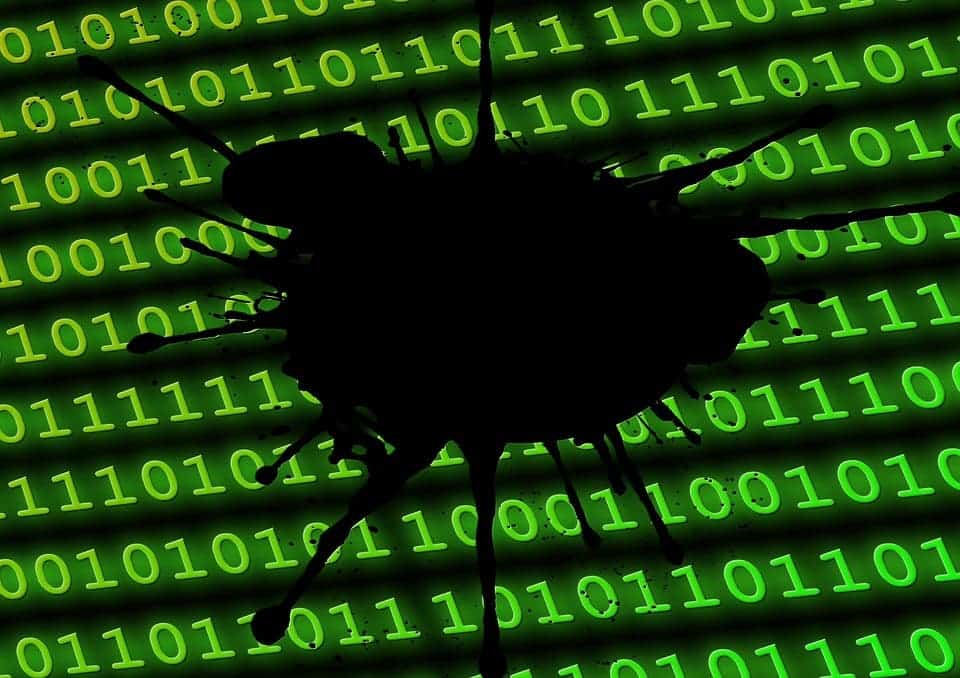New research at the Weizmann Institute of Science suggests that our brains have evolved to have some pretty impressive “software”, but that makes them more vulnerable to breakdown and disorders.

Wicked coding, shame about the bugs
“Why, on the one hand, do humans have such superior learning, cognitive and adaptive abilities and, on the other, this tendency to anxiety, depression and other mental disorders? We have shown that these may be two sides of the same coin,” says Prof. Rony Paz, the study’s lead author.
“The lower resistance of the human amygdala to errors may play a role in exaggerated survival-like responses in inappropriate contexts, such as those we see in PTSD and other anxiety disorders.”
Prof. Paz says our brains are like modern washing machines — they have the latest, most sophisticated features, but are more vulnerable to breakdown and costly malfunctions than simpler machines.
Paz’s team compared the efficiency of neural coding — think of it as the software part of our brains, where the neurons themselves would be hardware — in humans and macaque monkeys. They focused on two key structures: the prefrontal cortex and amygdala. The prefrontal cortex (PC) is more evolutionary modern and handles higher functions such as personality, social behavior, and decision-making, while the amygdala (sometimes called the ‘reptile brain’) is quite ancient and handles emotions and the fight-or-flight instinct.
The team recorded the electric activity of single neurons of both species in collaboration with Prof. Itzhak Fried of Sourasky Medical Center in Tel Aviv and UCLA Medical School in Los Angeles. Raviv Pryluk, a research student in Paz’s group and a co-author of the present study, was the one who devised a way to determine neural code efficiency in different areas of the brain.
“We defined efficient communication as that which uses the least amount of energy to transmit the maximal information—to pass on as complicated message as possible with the fewest ‘words’,” he says
Prof. Freid provided data on neural activity in humans. He works with patients suffering from pharmacologically-intractable epilepsy, providing them with brain electrode implants that help establish a diagnosis. This gave him the opportunity to record single-neuron activity in humans.
The findings may help to explain why disorders such as ADHD, anxiety, depression, PTSD and even autism are common in humans. The team reports that neural coding is more efficient in the PC than the amygdala in both species. Furthermore, human neural coding in both areas of the brain was more efficient than their macaque counterparts. However, they also found evidence that the efficiency and reliability of neural coding are inversely correlated: the higher the efficiency of a particular neural code, the more vulnerable to errors it became.

Image credits Raviv Pryluk et al., (2019), Cell.
Prof. Paz says the findings lend weight to the “washing machine” theory of brain evolution. He likens the amygdala to a washing machine drum which, in humans, may simply be a victim of its own sophistication.
“It’s not highly sophisticated, but it is less likely to fail — which is important to animals’ survival. The lower resistance of the human amygdala to errors may play a role in exaggerated survival-like responses in inappropriate contexts, such as those we see in PTSD and other anxiety disorders.”
“Evolution works with trade-offs,” Pryluk adds. “There may be a zero-sum game between efficiency and robustness, and our complex, multidimensional brains have gained one at the price of the other.”
Paz says the findings help patch a gap in our understanding of the human brain. Its anatomical differences to the brains of other primate species have been described, he explains, but that differences in neural code have not yet been explored.
Understanding the differences between our code and that of other species ” is a large step toward answering the question of what makes the human brain unique,” Prof. Fried concludes.
The paper “A Tradeoff in the Neural Code across Regions and Species” has been published in the journal Cell.









